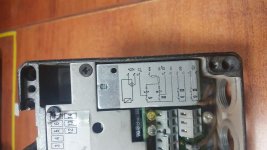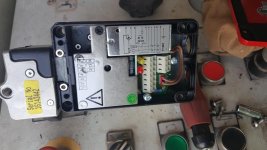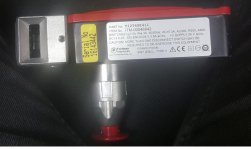Safety interlock switch
- Thread starter monica
- Start date
Similar Topics
Does your facility allow anyone to bypass door safety interlocks? I am against this but there's a discussion again at our plant about needing to...
If I have a cell where the doors are monitored with a sufficient level of guarding, is it required to run the locking signal to the door on a...
A client is the need to add new I/O points to SCADA. The most affordable solution is to wire these new points to an existing safety interlock...
I have a customer using a tongue-operated interlock switch, directly connected to the safety inputs (SC, S1, S2) on an FR-D720 Mitsubishi inverter...
I have a similar application, but mine is in a hazardous location. Thus far I'm coming up empty for solutions. The client would like to lock some...









